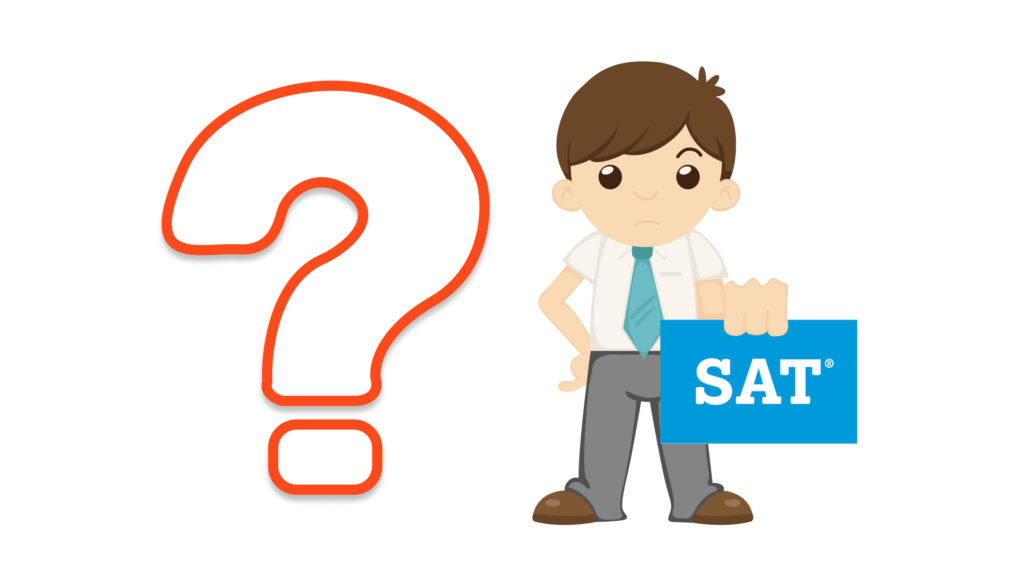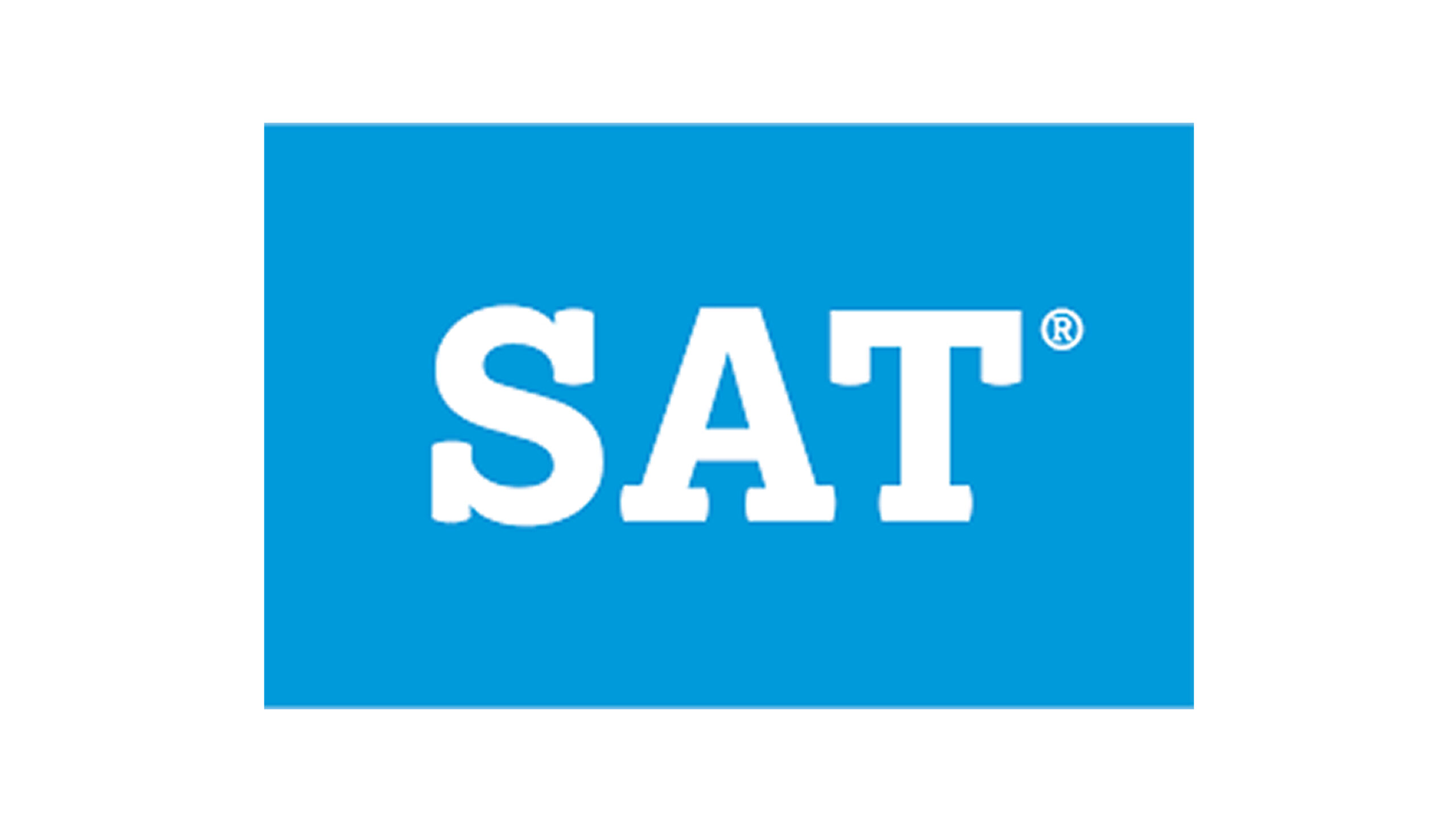In recent years, the landscape of standardized testing has undergone significant changes, and one of the most notable shifts is the transition from the traditional SAT to the Digital SAT. As the college admissions process becomes increasingly competitive, students, parents, and educators are all wondering what this digital transformation means for their future. The Digital SAT promises to revolutionize how high school students approach college entrance exams, offering a more flexible, accessible, and streamlined testing experience.
In this blog, we will explore what the Digital SAT is, why it is making waves in education, and how it will impact students, educators, and the college admissions process as a whole.
What is the Digital SAT?

The Digital SAT is a new version of the traditional SAT exam that has moved from a paper-based format to a computer-based one. This shift is designed to make the test-taking process more efficient, fair, and accessible. While the content of the test will remain largely the same, the Digital SAT brings several changes that promise to improve the overall experience.
The Digital SAT was introduced by the College Board in 2023 and is expected to become the primary format for the test beginning in 2024. Unlike the traditional SAT, which was conducted on paper and required students to manually fill in bubbles for multiple-choice questions, the Digital SAT will be delivered through an online platform, making it more user-friendly and efficient
Key Features of the Digital SAT

- Adaptive Testing One of the biggest changes to the SAT format is the introduction of adaptive testing. This means that the difficulty of the test will adjust based on how well a student is performing. The Digital SAT is divided into two sections: Reading and Writing, and Math. In each section, the test will adjust the difficulty of the questions depending on the student’s responses to earlier questions. This ensures that students are not overwhelmed with questions that are too difficult, nor do they waste time on questions that are too easy.
Adaptive testing not only helps to more accurately assess a student’s abilities but also provides a more personalized experience. It can also lead to a shorter testing time, as students will not need to answer an excessive number of questions that do not align with their proficiency level. - Shorter Testing Time One of the most welcomed changes with the Digital SAT is the reduction in the overall testing time. The Digital SAT lasts for about 2 hours, compared to the traditional SAT, which could take up to 3 hours to complete. This shorter testing duration is ideal for students, as it minimizes stress and fatigue, making the experience more manageable.
- Better Accessibility The Digital SAT allows for a more flexible and accessible testing experience for all students. With a computer-based format, students can use built-in features like an on-screen calculator for the Math section. Additionally, the online platform provides accessibility features such as screen readers for visually impaired students, adjustable text sizes, and alternative color schemes to assist those with specific needs.
- Instant Scores One of the most appealing aspects of the Digital SAT is the ability to receive scores much faster than before. Traditionally, students had to wait weeks for their paper-based scores to be released, but with the Digital SAT, scores will be available within a few days after the test. This rapid score delivery means students can make faster decisions about college applications, reducing the anxiety that often accompanies waiting for test results.
No More Essay Section As part of the Digital SAT rollout, the optional essay section has been eliminated. This change streamlines the testing process and allows students to focus more on core subjects like math and reading. While some students may miss the opportunity to showcase their writing skills, the decision to remove the essay section aligns with the growing emphasis on test scores as a primary metric in college admissions.
Why the Digital SAT Matters

The Digital SAT is a significant shift in the world of standardized testing, and its impact will be felt by students, educators, and admissions officers alike. But why does it matter so much? Here are a few reasons why this change is important:
- Global Access One of the key advantages of the Digital SAT is its ability to reach a broader audience of students worldwide. With a computer-based test, students from different corners of the globe will have easier access to testing centers. This change is particularly important for international students who have struggled to take the SAT due to geographical limitations or scheduling challenges.
- Data-Driven Insights The Digital SAT will generate rich data about student performance, providing valuable insights into areas of strength and weakness. With this data, educators can offer more targeted instruction to help students improve. This also benefits students by providing them with personalized feedback on where they need to focus their efforts.
- A Fairer Testing Environment By making the test adaptive and offering more accessibility features, the Digital SAT levels the playing field for students from diverse backgrounds. It ensures that all students, regardless of their academic preparation, have the opportunity to demonstrate their true potential. Moreover, with the Digital SAT, there is less emphasis on paper-based test preparation, which often gives wealthier students an advantage. Digital tests can make the process more equitable and less dependent on expensive test prep courses.
- Emphasis on Digital Literacy As education becomes more digital, the Digital SAT offers students a chance to build important digital literacy skills. Navigating a computer-based testing platform will help students become more comfortable with technology, which is essential in today’s digital-first world.
How the Digital SAT Will Impact College Admissions

The shift to the Digital SAT will have a significant impact on the college admissions process. While test scores will still play an important role in admissions, colleges and universities are increasingly looking at holistic review processes. This means that other factors—such as GPA, extracurricular activities, essays, and letters of recommendation—will continue to be vital in the admissions decision.
However, the Digital SAT may provide an additional layer of insight into a student’s academic potential. The ability to receive faster scores and the more personalized, adaptive format could provide clearer distinctions between students and offer more accurate assessments of their abilities.
Conclusion
The Digital SAT is an exciting development in the world of standardized testing. With its shorter test duration, adaptive format, better accessibility, and quicker score delivery, it is set to enhance the testing experience for students across the globe. As colleges and universities continue to evolve their admissions processes, the Digital SAT will play an important role in shaping the future of higher education.
Students preparing for the Digital SAT should familiarize themselves with the new format and take advantage of the digital tools available. With the right preparation and mindset, the Digital SAT will serve as an excellent opportunity to showcase academic potential and gain a competitive edge in the college admissions process.



